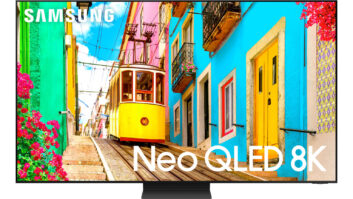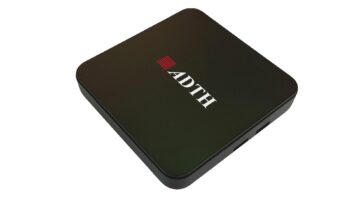LCD and plasma panel suppliers helped set the tone for the flat-panel TV markets in 2007 and early 2008 by carefully controlling panel supplies and increasing prices, Ross Young, DisplaySearch founder, said during his firm’s U.S. Flat Panel Display Conference, here.
The result was increased pressure on profitability for finished flat-panel sets and suppliers paid more for parts while being pressured by competitors to lower prices to end users.
“Year-over-year LCD panel price increases went up on a quarter-on-quarter and year-on-year basis, and price increases in Q1 2008 should be higher than they were in Q1 2007,” Young said. “Q2 prices were very important. It was the very first time that prices went up in the second quarter of a year since the second quarter of 2003. Panel suppliers somewhat created a shortage by carefully controlling inventory and keeping very lean inventory of components so when the quarter ended there was a shortage of key components and they were able to start increasing prices as demand grew.
“There was also less supply growth in 2007 due to a lack of investment [in expanded panel production overall] because the industry had lost money for four consecutive quarters, that created price increases that lasted throughout the year,” Young continued. “We’ve had Fab utilization also increasing through the year. It was a tremendous year for the large area TFT manufacturers when it started because they were able to control their inventory in Q1 better than they ever have.”
After starting out Q1 with a loss, suppliers eked out a small profit in Q2 through price increases, and continued to grow profits throughout the year, Young observed.
“In total they averaged about a 12 percent pretax profit which amounted to about $10.5 billion,” Young said.
On a revenue basis, DisplaySearch said 2007 showed 38 percent growth for the year for LCD panel suppliers. The firm is forecasting more than 30 percent revenue growth in 2008.
Despite global economic concerns, DisplaySearch is forecasting a year of tight supply for flat-panel displays in 2008, and panel prices in Q1 2008 have increased 7 percent to 22 percent year-over-year.
By screen size, LCDs gained share in all segments but were particularly dominant in 30 inches to 47 inches, with more than 70 percent share, Young said.
As for 1080p resolution, LCD’s share was up more than 400 percent in 2007, and continues to gain share, up to 85 percent, Young said.
In plasma, 2007 had two contrasting halves, with the first half starting off with shipments in decline as the category lost share to 1080p LCD. In the second half shipments were up 35 percent year-over-year, as manufacturers took aggressive steps into 1080p panels, adding smaller screen sizes, including 32 and 37 inches. This helped brands that couldn’t get LCD panel supply in the screen sizes move back into plasma. For the year, plasma display panels ended up 18 percent, according to Young.
“Despite that, the unit growth revenues were down as [average selling prices] declined tremendously, due to a lack of 1080p, making them more price-sensitive products,” Young said.
Manufacturers including Hitachi, LG and Pioneer all closed down panel manufacturing lines in 2007, he said.
Overall, Young listed key lessons the industry should have learned in 2007 including:
Breakthrough black levels don’t necessarily translate into commercial success, as demonstrated by Pioneer’s decision to close plasma panel production.
• Design and user interfaces trump prices and features as demonstrated by Apple’s iPhone and Nintendo’s Wii. Young wondered if similar elements might be introduced into TV designs.
• Wal-Mart and Warehouse Clubs have tremendous power to control the CE market, as demonstrated by growing share of TV sales in 2007 and helping to make Vizio a top three brand.
• Your partner can be your enemy, your supplier and your customer all at the same time, as seen with relationships between Toshiba and Sony, Sharp and Sony, and Sony and Samsung.













